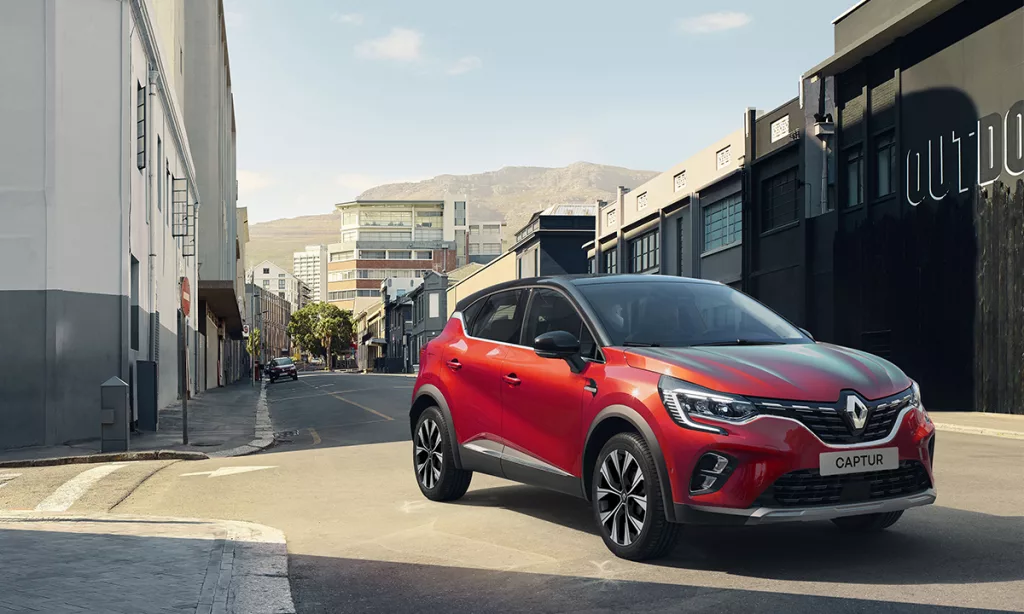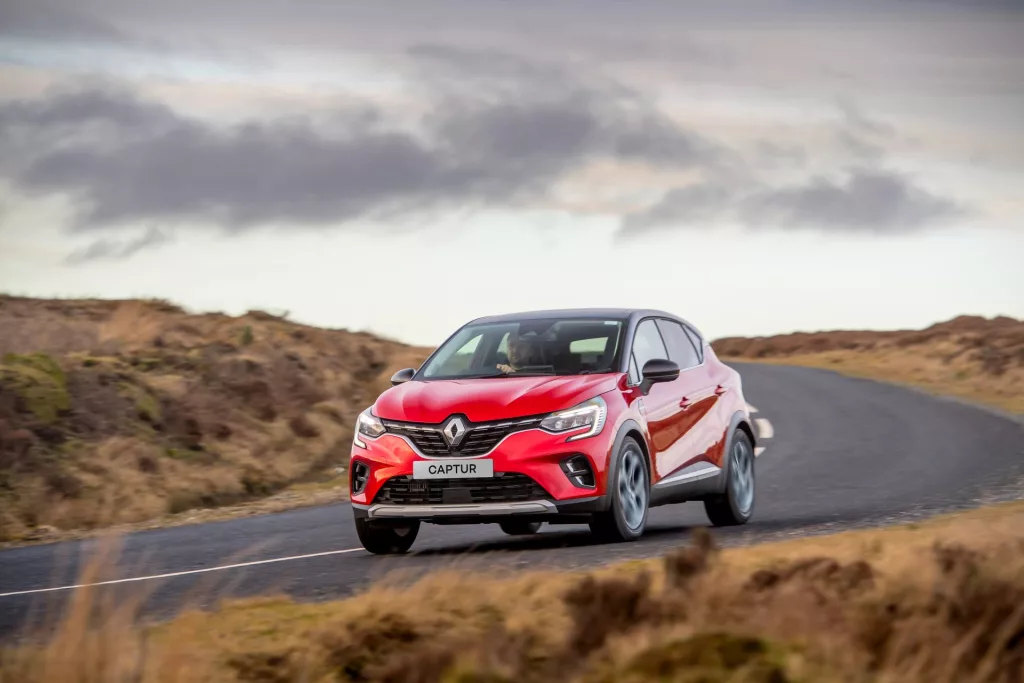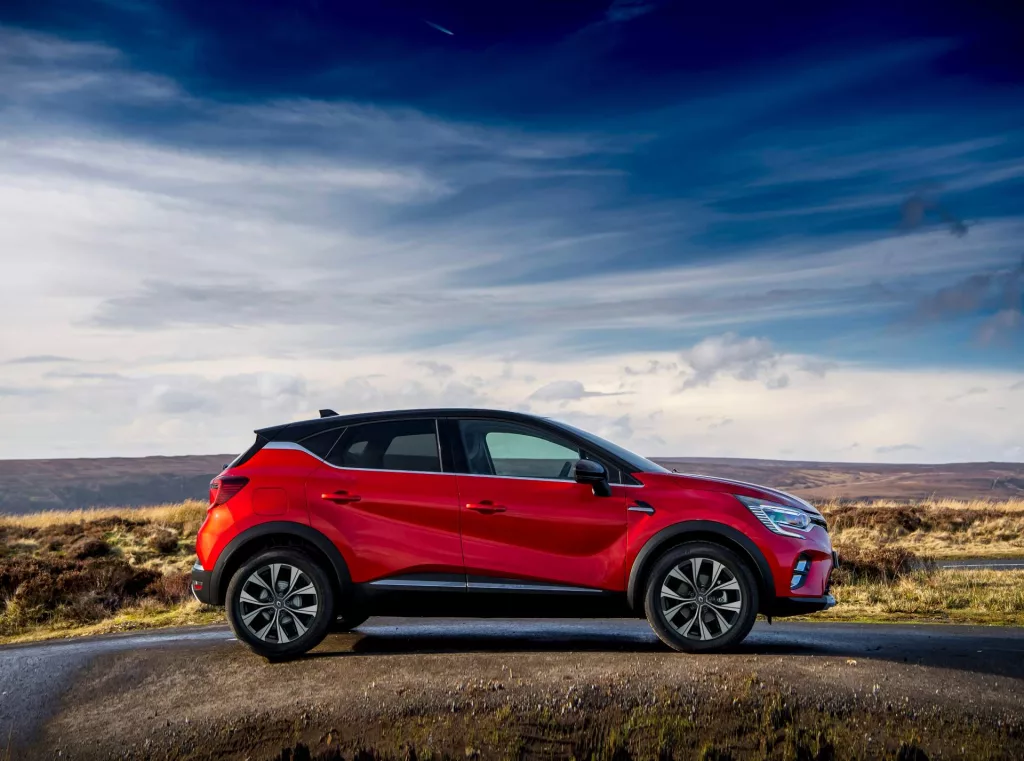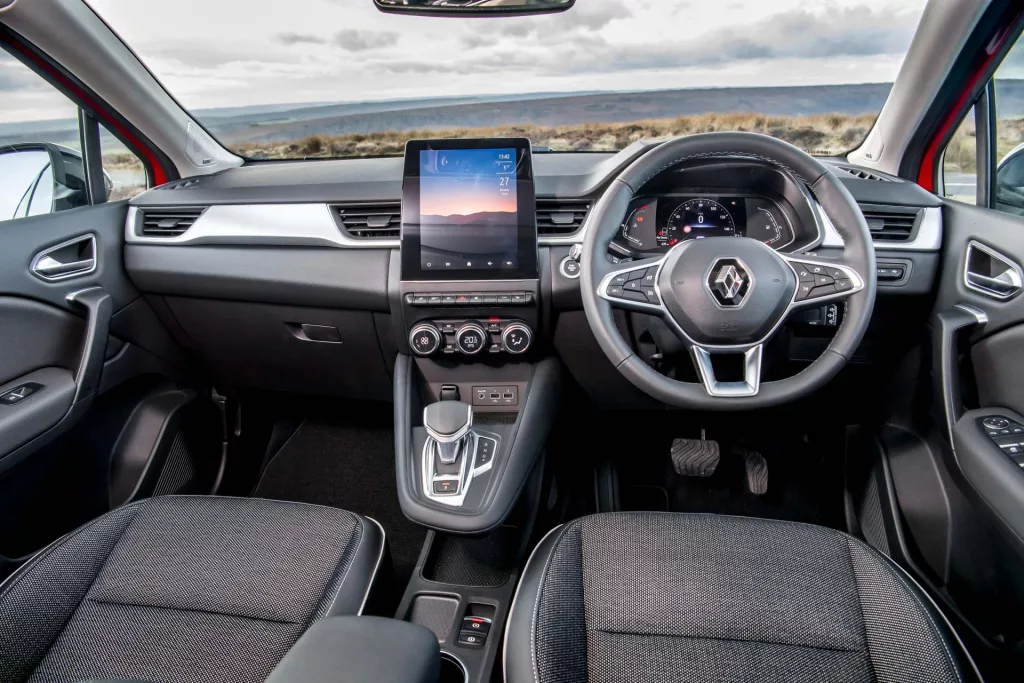Renault Captur: A simplified, small SUV with French flair
Motoring journalist Kyle Kock drives the Renault Captur Intens model in Durban and says whether or not it is worth the buy.

After initially launching the Captur into the local market in 2015, Renault South Africa swiftly revealed an updated version in 2017. The second generation has been available abroad since 2019, and it’s finally available in Mzansi. Renault has kept the range short and sweet with just two models; an entry-level Zen, and a range-topping Intens, the latter of which Kyle Kock drove in Durban.

Although it’s his opinion that to get a more realistic idea of the Captur’s true prowess in this hotly contested segment, it would have been prudent to sample the more affordable Zen model. Renault SA saw fit to provide the assembled motoring journalists with the fully loaded Intens which will set buyers back R50 000 more than its entry-level sibling.

Visually, there’s a sense that the Captur has grown up. Of course, it takes many of its cues from the fifth-generation Clio that arrived locally at the beginning of 2022. The rounded cutesy shape has evolved to include sharper and more defined edges, which is evident in the extremities and on the ribbed bonnet. The lengthened headlamps and taillights also add the illusion of substantial size.
You’d be hard-pressed to visually distinguish between the two, as they share much of the exterior trim, and they both come fitted with 17-inch wheels. The only difference is that the Intense model has a black roof, whereas the Zen’s cap is fully colour coded.

On the road, the Captur’s standout trait is the flexibility of its turbo petrol motor. Renault’s clever EDC is best left to its own devices as it interprets throttle inputs and determines whether downshifts are really necessary. Durban’s hilly roads were dispatched with minimal fuss. It’s important to note that the Captur’s little 1.3 unit makes 270Nm – the most when compared to all of the rivals it’s up against.
With many inclines thrown at it, which comprised of zipping through suburbs and stints on the motorway, he was sceptical about Renault’s claim of an average fuel consumption 6.6l/100 km. Further into the trip, he was pleasantly surprised to find that the trip computer in his Intens was hovering at around 6.9l/100 km, particularly since he wasn’t exactly trying to drive economically.

Inside, the Captur in Intens specification obviously has all the niceties. What sets it apart from its Zen sibling are add-ons he suspects many South Africans would tick off if buying new, such as a larger infotainment screen, height adjustment on the driver’s seat. The lane departure warning, which can be adjusted for intensity through a menu, and blind spot warning he is less worried about, but for the bulk of buyers it might come in handy. A non-negotiable is the auto-hold brake, which isn’t available on the Zen.
Overall, the Captur is very difficult to fault, as are many of its peers. It has to be good because South Africans are lining up to buy cars in this segment. He looks forward to not just road testing this vehicle alone, but doing a direct comparison with its rivals in an upcoming issue of CAR Magazine.
Renault Captur 1.3L Turbo EDC Intens fast facts:
- Price: R499 999
- Engine: 1.3-litre, inline-four, turbo petrol
- Transmission: Seven-speed dual-clutch
- Power: 113kW @ 6 000r/min
- Torque: 270Nm @ 1 700r/min
- Driven wheels: Front
- Fuel consumption: 6.6l/100 km
- Rivals: Kia Seltos, Haval Jolion and Volkswagen T-Cross.
Read the original story on CAR Magazine.




